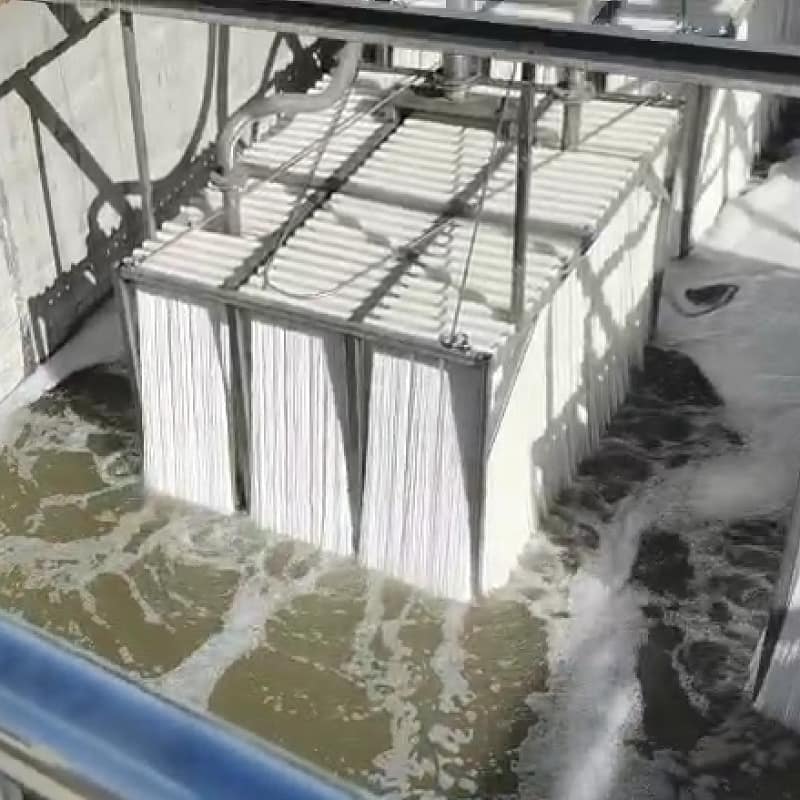Understanding MBR Membrane Technology and How It Works
Published by RANDL Environment
How MBR Membrane Technology Works
The MBR process integrates two key technologies:
- Biological treatment: Organic pollutants in wastewater are broken down by microorganisms inside a bioreactor.
- Membrane separation: Microfiltration or ultrafiltration membranes are then used to separate the treated water from the activated sludge and other suspended solids.
This setup eliminates the need for a secondary clarifier and allows for complete retention of the biomass, resulting in stable and high-quality effluent.
Key Features of MBR Membrane Technology
1. Excellent Separation Performance
The membrane acts as a physical barrier to suspended solids, colloids, and microorganisms (including bacteria and viruses), ensuring crystal-clear effluent. This makes the treated water suitable for reuse in many non-potable applications, such as irrigation or industrial use.
2. Stable and High Effluent Quality
Thanks to its high retention efficiency, MBR systems consistently produce effluent with low turbidity, even under fluctuating influent conditions.
3. Compact System Design
By replacing traditional sedimentation tanks and polishing units, MBR systems reduce space requirements by up to 50%, making them ideal for locations with limited land availability.
4. Flexible and Automated Operation
Modern MBR systems are typically controlled by a PLC (Programmable Logic Controller), which allows for smart, automated operation with reduced labor input.
5. Longer Sludge Retention Time (SRT)
With complete separation between hydraulic retention time (HRT) and sludge retention time, the system allows for better control of microbial communities, improving biodegradation efficiency.
MBR in Action: Simplified Process Flow
- Influent enters the bioreactor where microorganisms treat the wastewater.
- Membrane modules filter the treated water, retaining solids and microorganisms.
- Permeate (clean water) is collected for discharge or reuse.
- Sludge remains in the system for further biological treatment.
Why Choose MBR Membrane Technology?
MBR membrane technology is widely used across industries such as:
- Municipal wastewater
- Food and beverage
- Textile and dyeing
- Electronics
- Chemical manufacturing
It’s particularly beneficial when water reuse, small footprint, and strict discharge standards are required.
🌐 External Resources
Conclusion
If you’re looking for a reliable, compact, and efficient wastewater solution, MBR membrane technology is a smart choice. Whether you’re designing a new treatment plant or upgrading an existing system, MBR can deliver superior results while saving space and lowering long-term costs.
Need help choosing the right membrane or designing your system? Contact our team at RANDL Environment — we’re happy to help with technical support or product selection!

